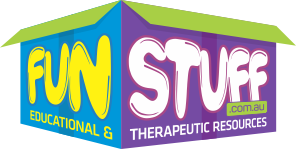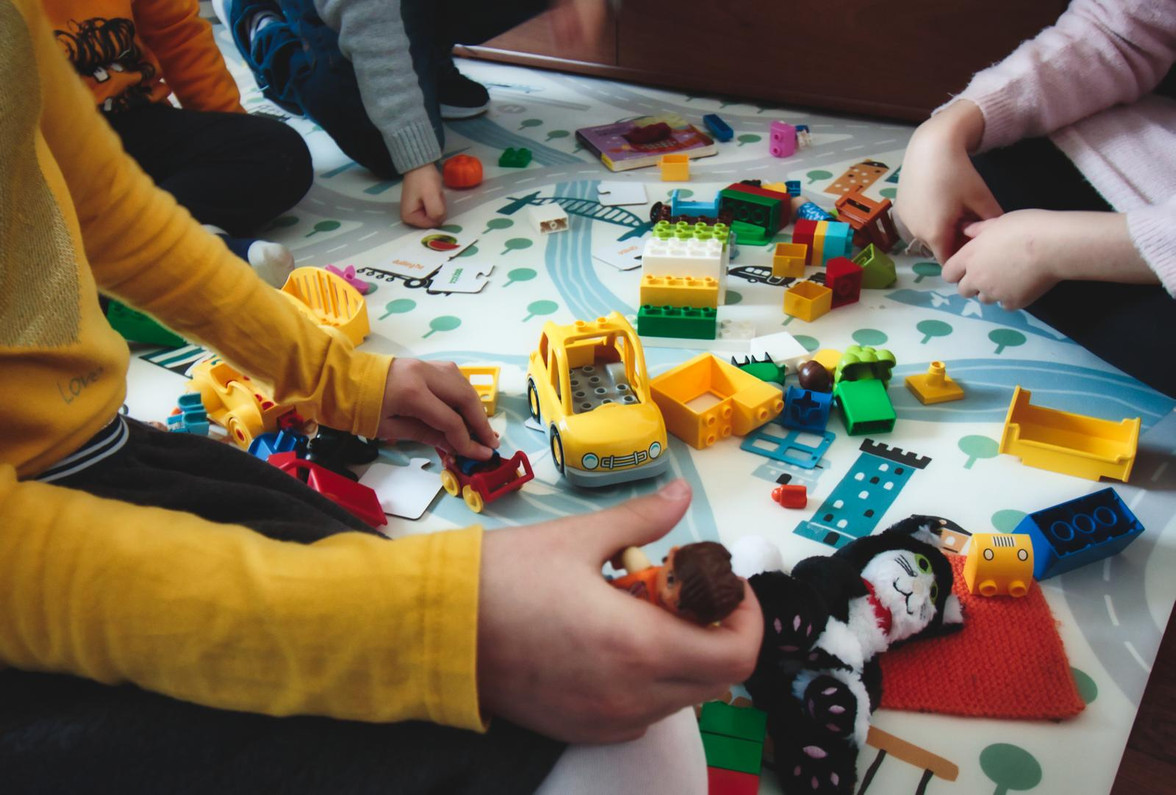Understanding the World of Autism: Why Do Kids with Autism Line Up Toys?
Welcome to Fun Stuff’s blog, where we delve into the intriguing world of developmental learning. In the points below, we explore a common yet fascinating behaviour observed in children with autism: the lining up of toys. This behaviour, often a subject of curiosity and research, holds unique significance in the lives of autistic children.
The Need for Order and Predictability
At the heart of understanding why kids with autism line up toys is the concept of order and predictability. Children with autism often find comfort and security in predictable patterns and routines. By lining up toys, they create an environment that is orderly and controlled, which can be particularly soothing in a world that often feels chaotic and overwhelming.
Sensory Processing and Focus
Children with autism experience the world differently, especially in terms of sensory processing – lining up toys allows them to focus on specific sensory inputs like visual patterns, colours, or shapes. This activity can be a form of self-regulation, helping them to manage sensory overload and find a sense of calm.
A Way to Communicate and Express
For some children with autism, lining up toys is more than just a behaviour – it’s a form of communication and self-expression. It can be a way to convey their interests, preferences, or even emotions. Observing the patterns and themes in how they line up toys can provide insights into their inner world.
Cognitive Skills and Development
Lining up toys also plays a role in cognitive development. It involves skills like categorisation, sorting, and sequencing, all of which are crucial in cognitive growth. This activity can also be a stepping stone to developing more complex play skills and social interactions.
Fun Stuff: Nurturing Development Through Play
At Fun Stuff, we understand the importance of play in the development of children with autism. Our carefully curated selection of toys, games, books and other resources is designed to support and nurture this growth. From the social skills fostered by Hidden Rules: Friends to the language development encouraged by the Sentence Shuffle Fun Deck, we have something for every developmental need.
Our range includes comforting toys like Theo the Therapy Dog, designed to assist with sensory input development, and a variety of resources to help parents and caregivers understand and support children with Autism Spectrum Disorder. Quality and expertise underpin our selection, with products chosen in consultation with speech pathologists, educators, psychologists, and occupational therapists.
Connect with Us
If you’re seeking more information or need assistance in choosing the right resources for your child, Fun Stuff is here to help – contact us directly for personalised support.
Recent Posts
-
Boost Speech Confidence: The Essential Guide to Choosing and Using Premium Articulation Cards
Every parent, educator, and speech-language pathologist (SLP) understands the transformative power o …7th Nov 2025 -
Beyond the Couch: Transformative Counselling & Therapy Resources for Australian Families and Professionals
Are you an Australian parent, educator, or therapist seeking engaging, evidence-based tools to suppo …10th Oct 2025 -
Unlock Communication: Why the Magnetalk Match Up Adventures Kit is a Must-Have for Australian Language Development
Is your child ready to embark on an adventure that dramatically boosts their language and listening …10th Oct 2025




